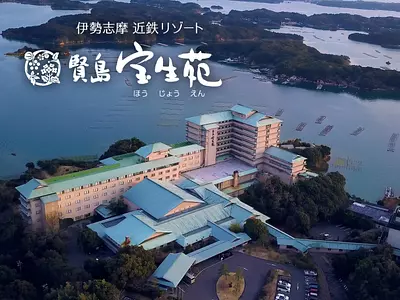Masashi Asada, a photographer from Mie Prefecture, and Shizuka Nakagawa, brand ambassador MatsusakaCity Momen, which is still stylish in the Edo period and now.
掲載日:2021.12.15
Matsusaka Momen is a cotton fabric with a distinctive striped pattern woven from natural indigo dyed thread. When Matsusaka merchants sold it in Edo, it was a huge hit and was described as ``Iki''. This time, Masashi Asada, a photographer from Mie Prefecture, and Shizuka Nakagawa, brand ambassador of MatsusakaCity, will learn about Matsusaka Momen from the NPO Matsusaka History and Culture Center at the former home of the Jirobe Hasegawa family, one of Matsusaka's most wealthy merchants. Masu.
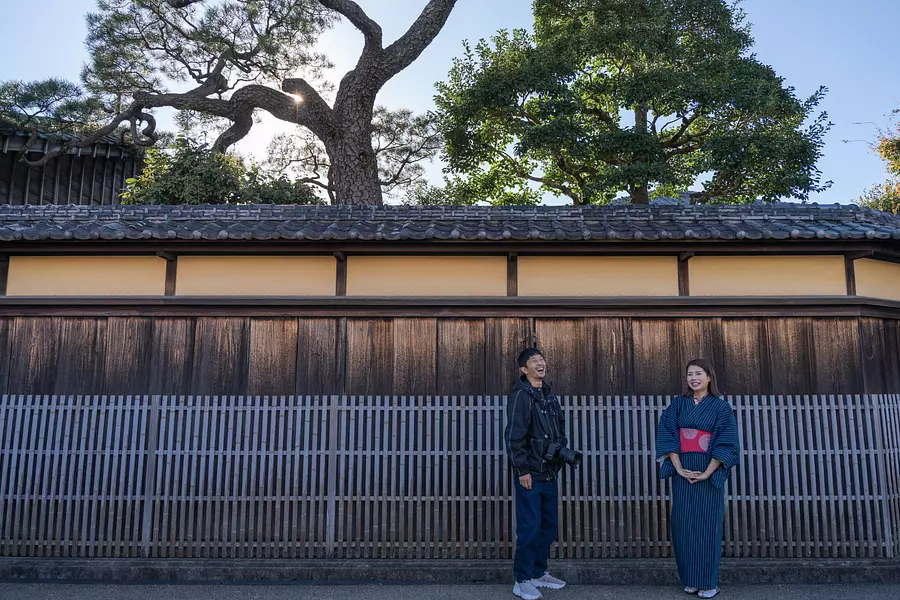
Matsusaka was a cotton wholesaler and produced many wealthy merchants such as Takatoshi Mitsui, the founder of the TakatoshiMitsui Group, who was famous as the largest merchant in Japan, as well as Ozu and Hasegawa. Masashi Asada, a photographer from Mie Prefecture, and Shizuka Nakagawa, brand ambassador MatsusakaCity, will learn about the ``classic'' culture of Matsusaka Momen, which was the foundation of ``Matsuzaka, the town of wealthy merchants''!
There is also a photo taken by Masashi Asada in the article. CHECK!
Click here for the profile of Masashi Asada, who is also the original creator of the movie “Asada Family!”
■Table of contents
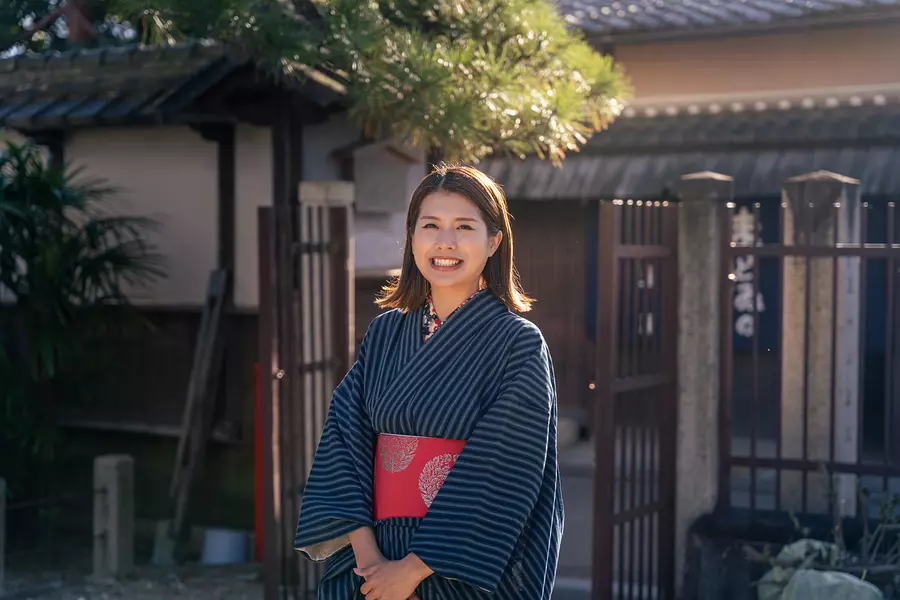
Shizuka Nakagawa profile
Born in TobaCity Mie Prefecture. In September 2012, she was nominated for "Miss Ise Shima" and won the grand prize. As a "third generation Ama diver," she was appointed as the "TobaCity Tourism Campaign Girl" along with her grandmother and mother. Moved to Matsusaka after getting married. Afterwards, he was appointed as MatsusakaCity brand ambassador.
This time, Shizuka Nakagawa is wearing a simple kimono made of Matsusaka cotton. This is a kimono that can be put on in as little as 3 minutes. You can easily enjoy Matsusaka Momen's kimono, and you can even walk around town!
▼Click below for the Matsusaka Momen town walking experience
MatsusakaCotton Kimono Tourist Rental Center (dressing room)
https://www.kankomie.or.jp/spot/23304.html
Utsukushiya Higashimura Kimono Store
https://www.kankomie.or.jp/spot/23748.html
Shizuka Nakagawa: I have business card holders and accessory holders, but this is my first time wearing a Matsusaka cotton kimono. Perhaps because the material is cotton and has firmness, it gives you a ``smacking'' feeling.
Shizuka Nakagawa says, ``I know more about what's under the sea than most people, but I'm still learning about Matsusaka's culture.'' From here, we asked the NPO Matsusaka Historical Culture Center about Matsusaka Momen and the former Hasegawa Jirobee family in detail!
1. Learn about Matsusaka Momen
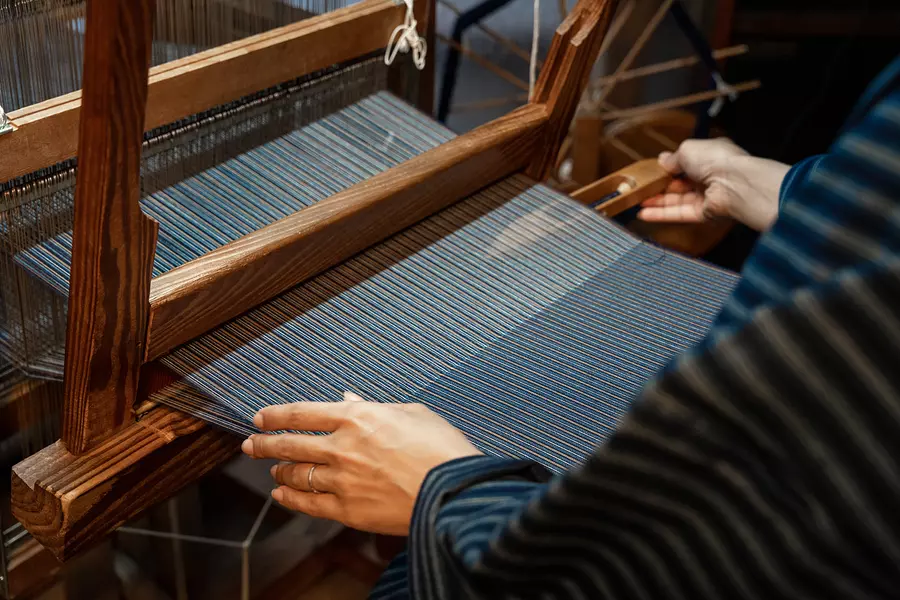
Matsusaka History and Culture Building Matsusaka had a history of textiles long before Matsusaka cotton became all the rage during the Edo period. In the mid-fifth century, groups of people with weaving skills, the Ayahatori and the Kurehatori, arrived from the continent and later settled in areas such as the eastern part MatsusakaCity. It is said that.
Shizuka Nakagawa Matsusaka had a history of weaving even before Matsusaka Momen was created.
Yes, Matsusaka History and Culture Building. Around the 15th century, cotton was introduced to Japan through the Nanban trade, and cotton cultivation became popular on the Ise Bay and Osaka Bay coasts. Furthermore, a cotton cloth called ``Ryujofu'' with a thin striped pattern resembling the veins of a willow leaf was introduced.
Mr. Masashi Asada's spinning techniques, cotton material, and striped patterns are now available.
Matsusaka History and Culture Building It is said that during the Edo period, there were over 40 konya (indigo dyeing shops) groups in Matsusaka. This is how the unique pattern of Matsusaka Momen, called ``Matsuzakajima'', was born. By the way...Currently, the striped pattern is written as ``SHIMA'', but back then it was also written as ``SHIMA''. The word ``shima'' can also be interpreted as the word ``shima'' coming from ``islands'' through trade. It seems that other items that were brought over through trade were also called ``shimamono.''
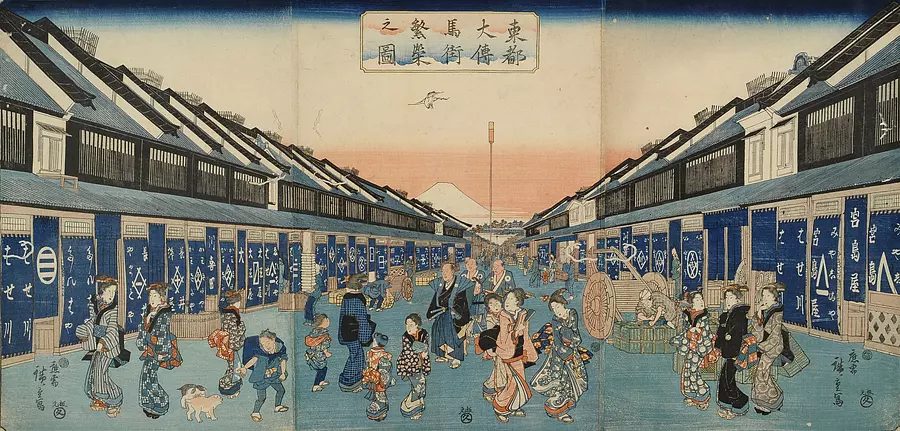
This is Hiroshige Utagawa's illustration of prosperity in Daidenma-gai, Tokyo. A view of Nihonbashi temmacho 1-chome, where shops of merchants from Matsusaka, Hasegawa (there were multiple stores including the main store, Mukai store, Kaiya, and Kameya), Nagai (Yamatoya), and Ozu (Iseya) are lined up. Masu.
At its peak, 500,000 to 600,000 pieces of cloth (tan = 1 piece of cloth) were sold in Edo in a year by Ise merchants, including Matsusaka Historical Culture House Matsusaka.
Shizuka Nakagawa is amazing!
Matsusaka History and Culture Building In Edo, due to the Frugality Edict (a system that prohibited extravagance and extravagance), people were no longer able to wear gorgeous kimonos. Matsusaka Momen looks like a plain color from a distance, but when you get closer you can see a striped pattern, and there is a wide variety of patterns. It is said that this was considered ``chic'' and led to a huge popularity in Edo.
By the way, the Ozu family still has a shop called ``Ozu Washi'' (Ozu Shoten Co., Ltd.) in temmacho (Nihonbashi, Tokyo). Matsusaka and Tokyo still have ties to this day.
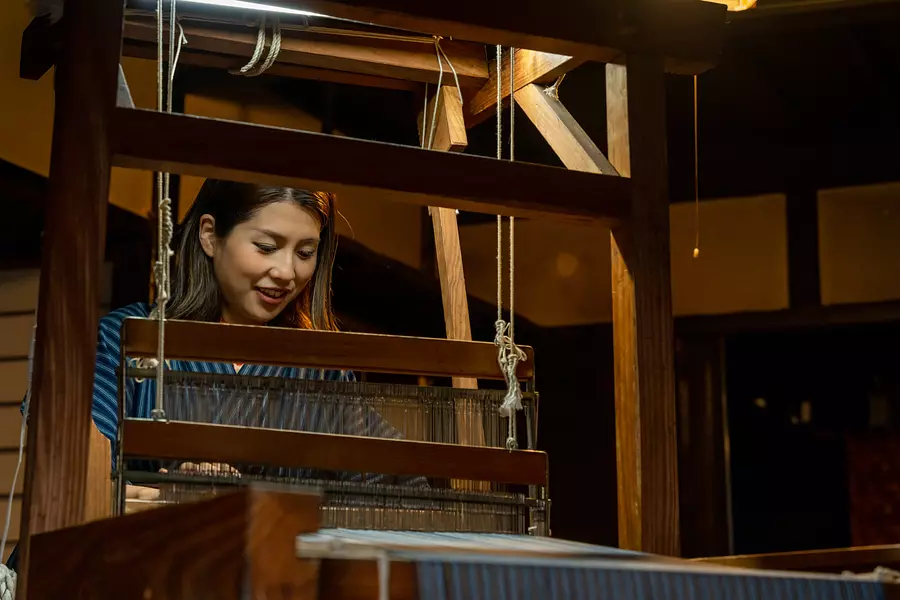
A Matsusaka cotton loom is on display at the former Hasegawa Jirobei house. On Fridays, Saturdays, and Sundays, members of the Yuzuru-kai will give weaving demonstrations and you can try your hand at weaving. (You can also experience it for a fee at MatsusakaCotton Hand-Weaving Center *Closed on Tuesdays)
Thread the thread, hold the bar in your hand and align the thread with a tap, then press the pedal again, tap again, and thread the thread again... If you are not concentrating, you will likely make a mistake in the procedure, but Shizuka Nakagawa, It's extremely smooth. They showed off their skills enough to make Matsusaka Historical and Cultural Center say, ``I want to be scouted!''
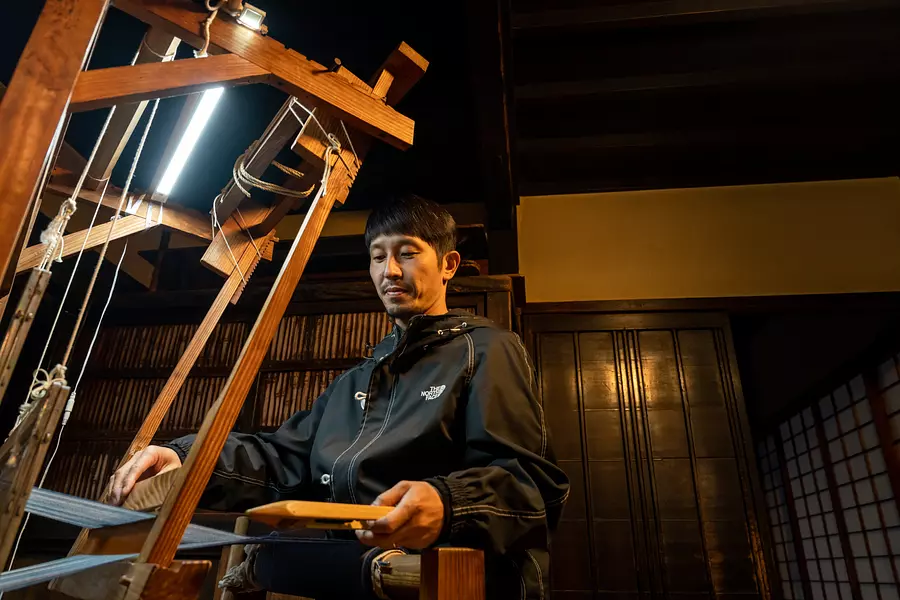
Masashi Asada also took on the challenge. This was also done smoothly. Both of them are amazing.
Matsusaka Historical Culture Building: Craftsmen spend decades studying and weaving difficult textiles like Kyoto's Nishijin Ori, but Matsusaka Momen is relatively simple (although it takes a lot of technique to create detailed patterns). is required). Therefore, it seems that weaving was done as a side job for farmers.
2. Former residence of the wealthy Matsusaka merchant Jirobe Hasegawa
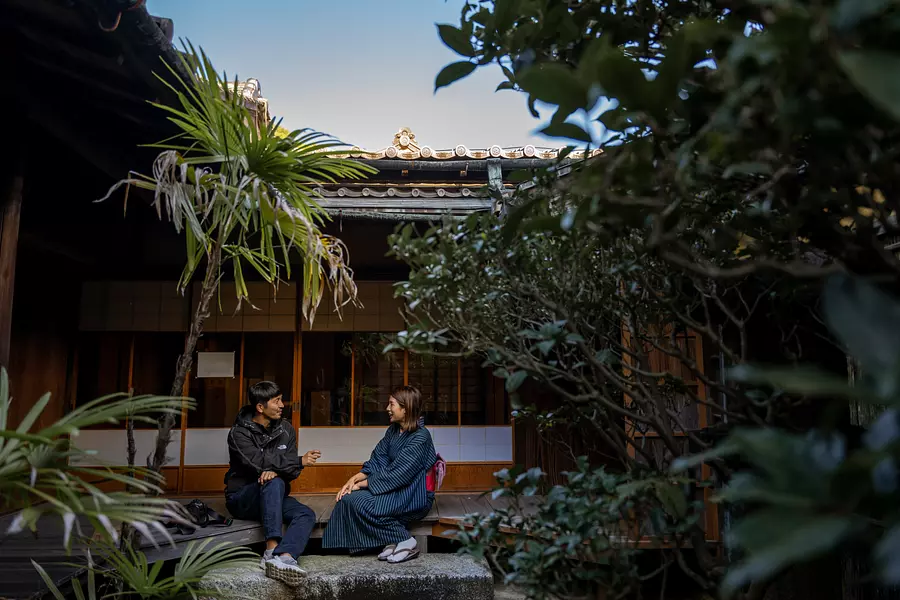
Located on Uomachi Street, the former home of Jirobe Hasegawa, one of Matsusaka's most wealthy merchants, has undergone repeated extensions and new construction, becoming a large mansion with over 30 rooms in the main house and five warehouses. In 2016, it was designated as a national important cultural property and has become even more widely recognized as a valuable historical building that symbolizes Matsusaka, the town of wealthy merchants.
You can enjoy matcha (500 yen) while looking out at the garden inside the former Hasegawa Jirobei house of Matsusaka Historical Culture Center. Many locals purchase annual passes as they say, ``You can enjoy matcha in a historic and elegant place.'' The scenery of the garden changes with the seasons, so you can enjoy it no matter how many times you come a year.
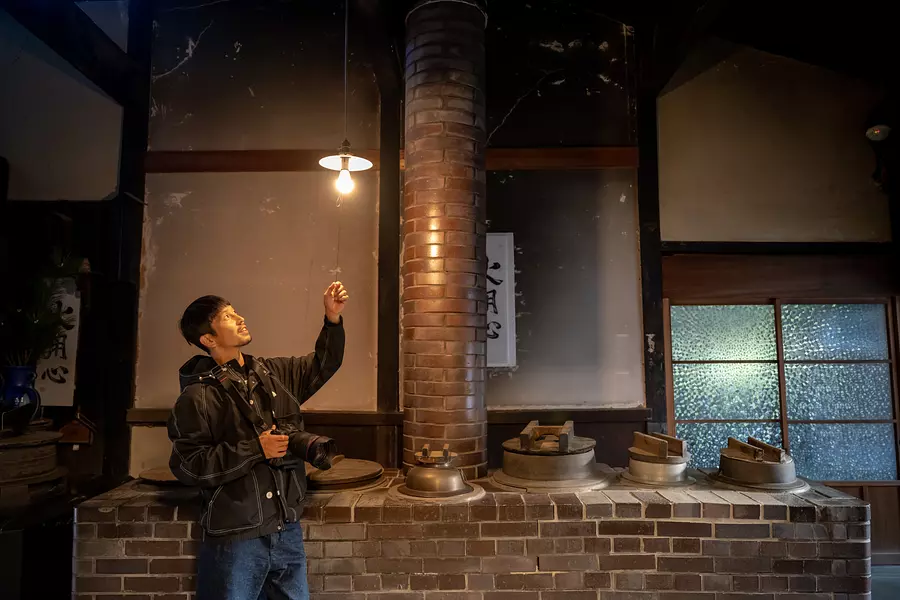
The garden is quaint and wonderful, but the places where you can feel the vestiges of life, such as the kitchen stove, are also wonderful.
3. Matsusaka as seen by MatsusakaCity brand ambassador Shizuka Nakagawa
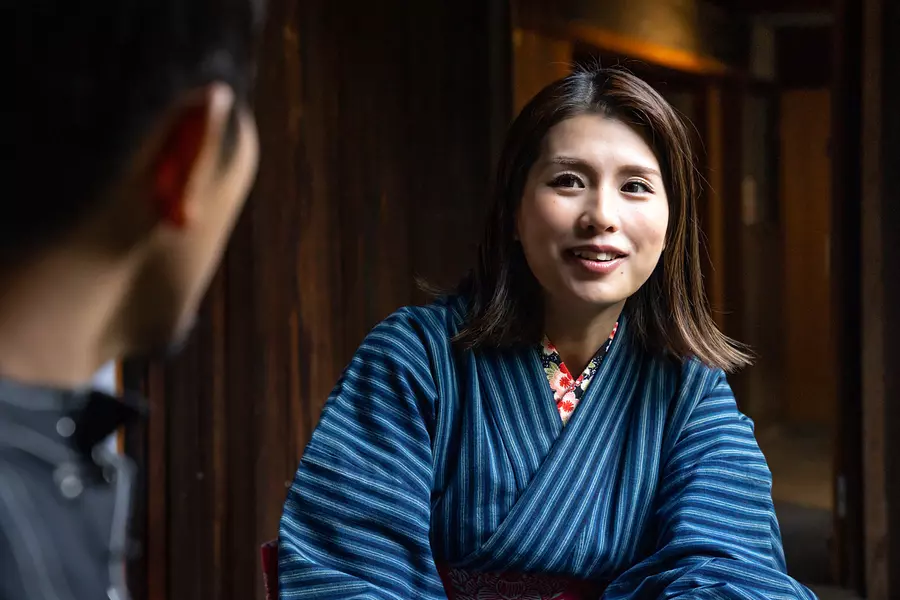
Shizuka Nakagawa is a three-generation ama diver who became a tourist campaign girl for TobaCity when she was 20 years old, and became MatsusakaCity when she got married at 25. TobaCity and MatsusakaCity had an interaction, and MatsusakaCity asked me to become a brand ambassador for Matsusaka as well, so I took the position. In fact, I am still an ama diver, commuting from MatsusakaCity to TobaCity. My family owns the fishing rights for Ama fishing, so I was planning on losing them when I got married, but I decided to create new rules to stop the aging of Ama and the population decline. This is the shape I received it. I am truly grateful to be able to continue working as an ama diver in Toba City while working on promoting MatsusakaCity TobaCity
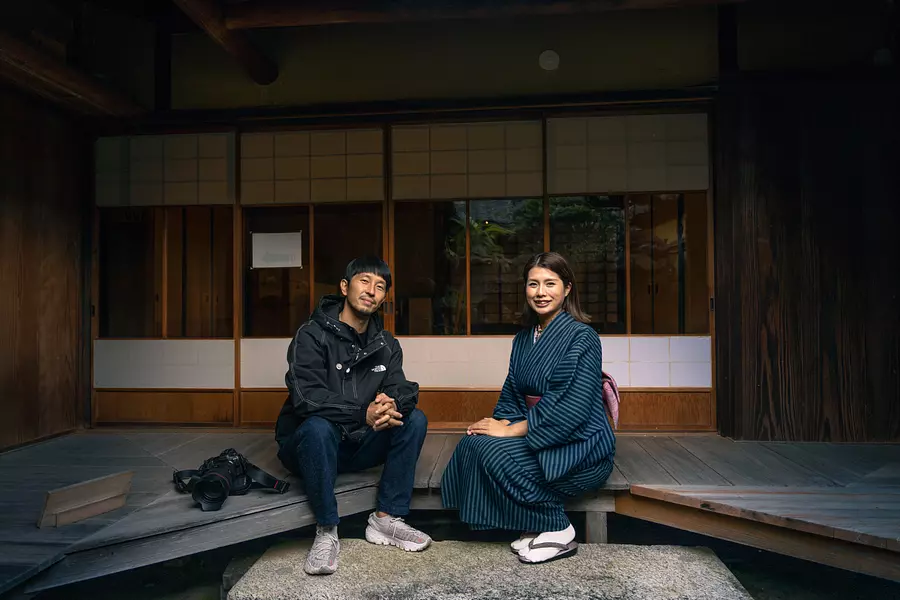
Masashi Asada In 2018, there was a photo shoot for "Matsuzaka Karuta" (an initiative of MatsusakaCity. Karuta-style photos modeled after people related to Matsusaka), and at that time, I took pictures of Matsusaka's landscape, culture, and food. I learned a lot of things. The more you know about Matsusaka, the deeper it becomes.
Shizuka Nakagawa has a lot of depth and breadth. There are some gourmet foods that are famous nationwide, but the soul food that is loved locally is also attractive. When it comes to Matsusaka gourmet food, I like ``Matsusaka Chicken Yakiniku'' (so-called Kashiwa Yakiniku). The miso sauce has a strong hint of garlic, and it's exquisite! MatsusakaCity is close to my hometown of TobaCity, but the food culture is very different from TobaCity, which makes it interesting.
4. Photo taken by Masashi Asada
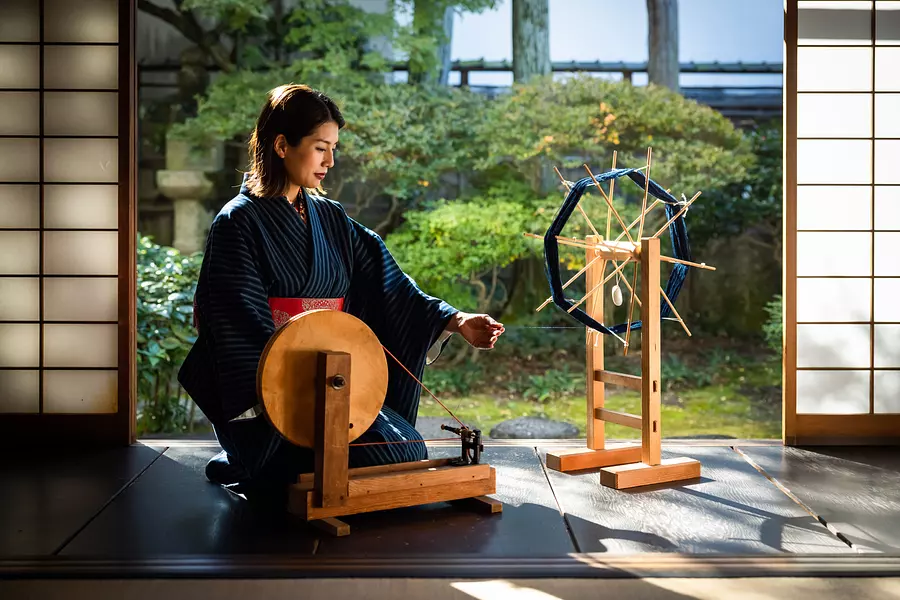
Shizuka Nakagawa photographed at the former Hasegawa Jirobei house. The sight of her wearing a Matsusaka cotton kimono and spinning cotton thread is a wonderful sight, as if she has traveled back in time.
Former Hasegawa Jirobei family
0598-21-8600
General: 400 yen for individuals, 330 yen for groups
6 to 18 years old: 200 yen for individuals, 160 yen for groups
9:00-17:00 (Admission until 16:30)
Wednesday (the next day if it is a holiday), New Year holidays
●10 minutes walk from JR/Kintetsu Matsusaka Station
●From Matsusaka Station, take the Mie Kotsu bus bound for Matsusaka Chuo Hospital and get off at "Shiyakusho-mae" and walk for about 3 minutes.
●Approximately 10 minutes from Ise Expressway “Matsusaka IC” (to MatsusakaCity parking lot)
Article production: MSLP
| Category | |
|---|---|
| season | |
| area |

